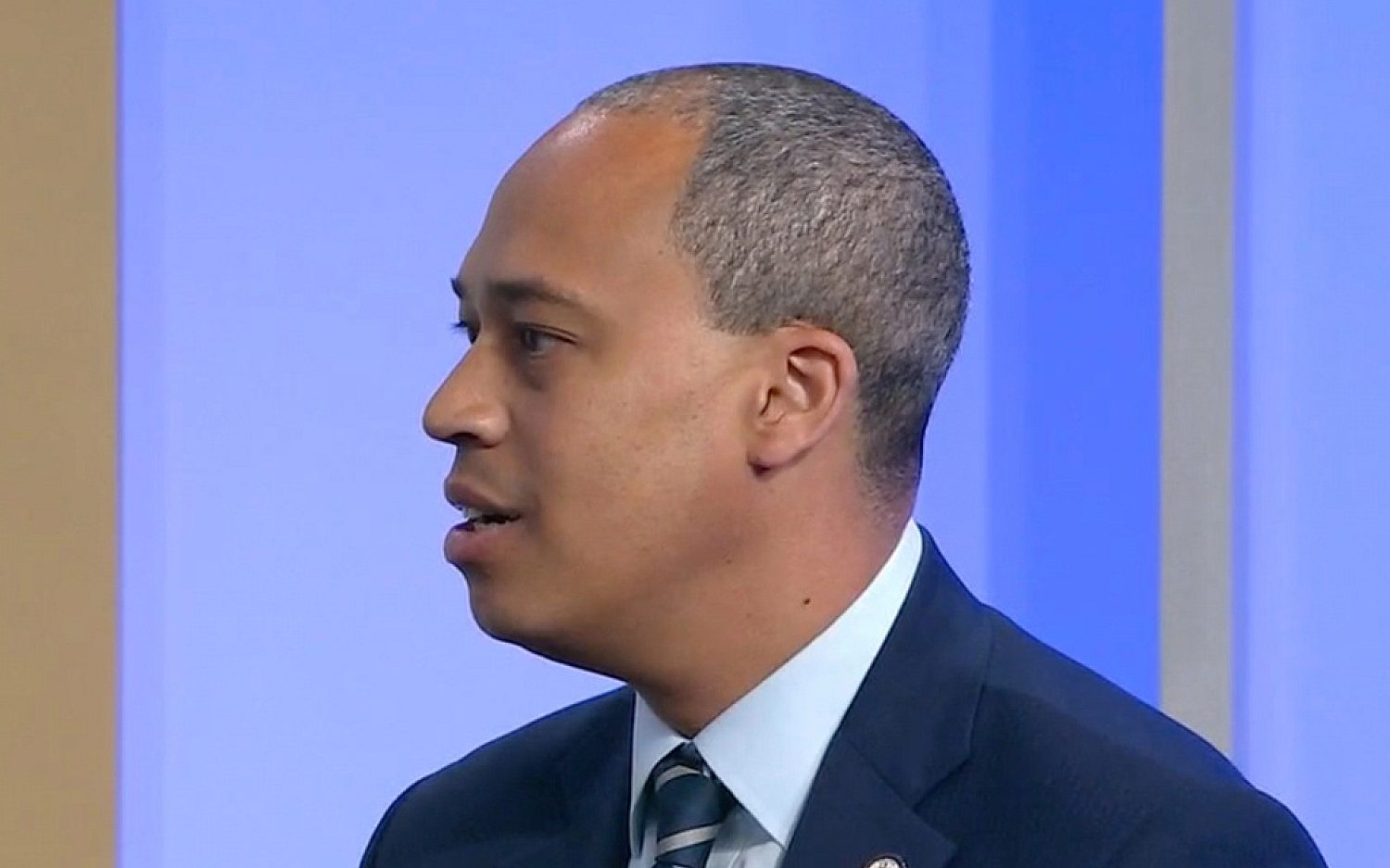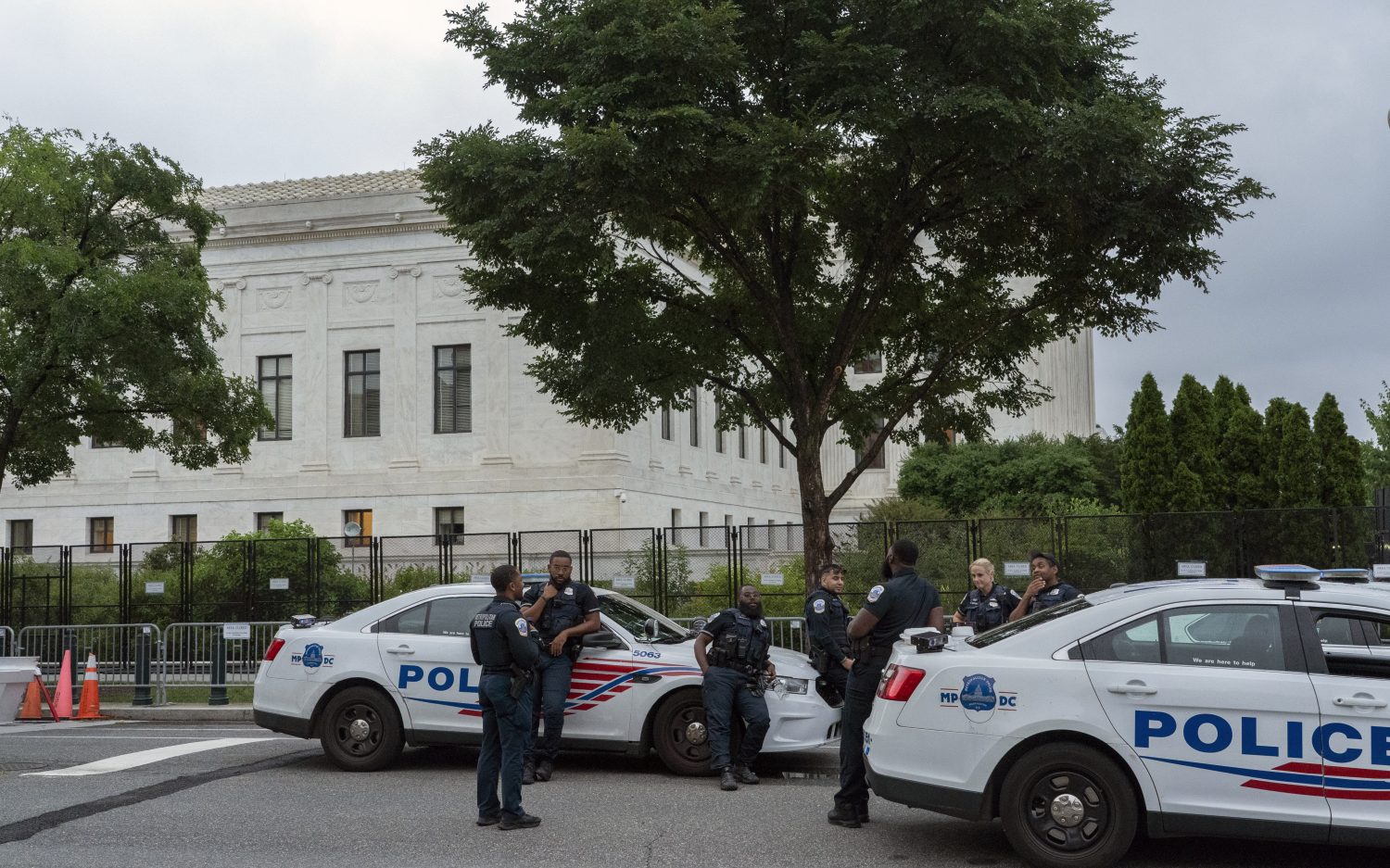House stopgap bill fails as partial government shutdown looms
A handful of Republicans joined with Democrats in voting against a short-term funding bill on Wednesday afternoon, setting the country on the trajectory towards a partial government shutdown at the end of the month.
The bill failed 202-220. Fourteen Republicans voted against the package. Three Democrats voted for it. Two Republicans voted present.
“Well, everybody, you just watched the legislative process play out. The play that we ran tonight was the right play. It’s the right fight for the American people,” U.S. House Speaker Mike Johnson, R-La., said moments after the vote. “I’m very disappointed it didn’t pass. We have time to fix the situation and we will get right to it.”
The continuing resolution, or CR, would have extended the government’s current spending levels into March of 2025 while also strengthening the country’s federal voter registration requirements by advancing the Safeguard American Voter Eligibility (SAVE) Act.
Republicans like Cory Mills, R-Fla., argue that Republicans should use the moment to cut spending in some way. Mills was an original co-sponsor of the SAVE Act.
The SAVE act would have tweaked the language of the 1993 Motor Voter Act (also known as the National Voter Registration Act) to require proof of citizenship before registering new voters to participate in federal elections. Because the Motor Voter Act instructs states to use driver’s license applications to double as voter registration, Republicans fear that non-citizens may be registering to vote without actually presenting documentation like a passport or birth certificate. The Department of Motorized Vehicles simply requires a signed statement, attesting to the applicant’s citizenship status.
Opponents of the SAVE Act argue that it is already illegal for non-citizens to participate in federal elections.
Former president Donald Trump has called for Republicans to make the SAVE Act a requirement for any spending legislation. On social media, Trump urged lawmakers to reject any CR “in any way, shape or form,” without its inclusion.
What’s the spending picture now? The government’s current funding will run dry on September 30. In order to avert a partial government shutdown, Congress must either pass some form of spending legislation for fiscal year 2025 or try again to pass a stop-gap bill.
Johnson will likely have to bring a CR to the floor without the inclusion of the SAVE Act if he hopes to get it past the Democratically controlled Senate.
He has pledged not to allow the government to shut down.
While the Republican Appropriations Committee has worked to pass all 12 of its individual spending bills out of committee, conservative cuts included in those pieces of legislation have stalled their consideration before the Senate. Conservative expectations have slowed their passage out of the House.
The House has passed five appropriations bills. The Senate has not considered any of them.
Dig deeper: Congress finds itself in virtually the same place it was when it returned from August recess. Read my reporting on that state of play.
An actual newsletter worth subscribing to instead of just a collection of links. —Adam
Sign up to receive The Sift email newsletter each weekday morning for the latest headlines from WORLD’s breaking news team.





Please wait while we load the latest comments...
Comments
Please register, subscribe, or log in to comment on this article.